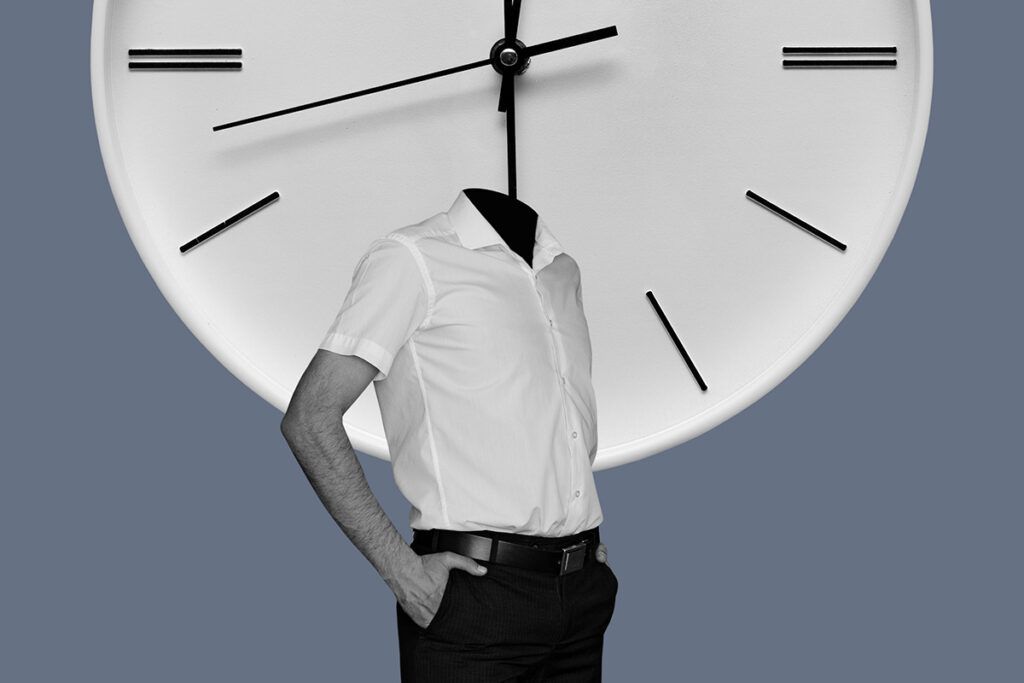Migraine attacks can cause uncomfortable symptoms, like an intense headache with throbbing pain on one side of your head and sensitivity to light. You might find it difficult to continue your daily activities when experiencing an attack.
Attacks usually last around a few hours but can last up to 3 days without treatment.
Migraine is a common neurological condition. About 40 million people in the United States experience migraine attacks. It tends to affect women more than men.
The length of a migraine attack depends on several factors, like what caused it, the severity and phase of the migraine, and whether it’s treated.
How long do they last?

Migraine attacks usually last from 4 to 72 hours. The earlier you identify the signs of migraine, the earlier you can treat it and find relief. If left untreated, migraine can last up to 3 days or more and lead to possible complications.
Some early signs of a migraine attack include:
- tiredness
- dizziness
- mood changes
- stiff neck
- increased urination
- difficulty speaking
- constipation and diarrhea
- seeing flashing lights or zigzag lines
- numbness and tingling
Keep in mind that a migraine attack differs from a headache in that the throbbing and pulsating pain usually happens on only one side of the head. It also causes light and sound sensitivity, nausea and vomiting, and worsened pain if you exert yourself.
Migraine attacks usually have four phases with different durations. Treatment for each phase can help prevent the migraine attack or relieve and shorten the symptoms. The stages of a migraine attack are:
- Prodrome: This phase can appear a few hours or days before a migraine attack. Some symptoms include irritability, frequent urination, food cravings, and fatigue. When you recognize the warning signs, you can prevent the migraine attack with prescription medications like triptans.
- Aura: The characteristics of this migraine stage are numbness, tingling, and visual disturbances. This phase lasts from 5 minutes to an hour. During the aura phase, you can decrease symptoms by taking over-the-counter (OTC) pain relievers, prescription medication like triptans and ditans, and placing a cold compress on your forehead.
- Headache: The headache phase includes symptoms like throbbing pain on one side of your head, neck pain and stiffness, nausea, and vomiting. This phase can last from 4 to 72 hours. You can find relief with OTC pain relievers or prescription migraine medications like ditans, ergot derivatives, gepants, and triptans.
- Postdrome: The postdrome phase can last from 24 to 48 hours and is characterized by confusion, difficulty concentrating, and fatigue. You can decrease postdrome symptoms by resting, taking medications, and staying hydrated.
When a migraine lasts more than 72 hours, you may have a condition called status migrainosus, which is a complication of a migraine. Status migrainosus is a migraine attack that lasts more than 3 days with continuous pain. If your migraine lasts longer than 72 hours, talk with a healthcare professional.
It’s also important to see a headache specialist or neurologist when you start experiencing migraine attacks so that you can have a plan already in place if you experience pain for longer than 72 hours.
Migraine causes
It’s hard to pinpoint exactly what causes migraine. But certain factors can trigger a migraine attack. These include:
- certain foods, such as aged cheese, coffee, and alcohol
- stress
- menstruation
- anxiety and depression
- irregular meal schedule
- lack of exercise
- motion sickness
- low blood sugar
- bright and flashing lights
Treatments
You can find relief from the symptoms of a migraine attack with several treatment options:
- Over-the-counter pain medication: You can try taking over-the-counter (OTC) medications to ease the pain associated with a migraine attack. These include nonsteroidal anti-inflammatory drugs (NSAIDs), such as ibuprofen (Advil) and naproxen (Naprosyn), or other pain medications like acetaminophen (Tylenol).
- Prescription migraine medication: If you regularly experience migraine episodes, there are several kinds of medication to treat them. These include triptans like sumatriptan (Imitrex) and zolmitriptan (Zomig), ditans like lasmiditan (Reyvow), and gepants like rimegepant (Nurtec).
- Avoiding triggers: If you’ve identified certain triggers that can lead to a migraine episode, try to avoid them. For example, if foods like cheese and coffee cause you to experience a migraine attack, try to avoid or limit how much you have. If stress tends to result in a migraine attack, try finding ways to reduce stress and relax, like exercising and practicing yoga.
Need a refill for sumatriptan succinate (Imitrex)? You may be able to get an online prescription through Optum Perks in as little as 15 minutes with no video or appointment needed. Learn more here.
